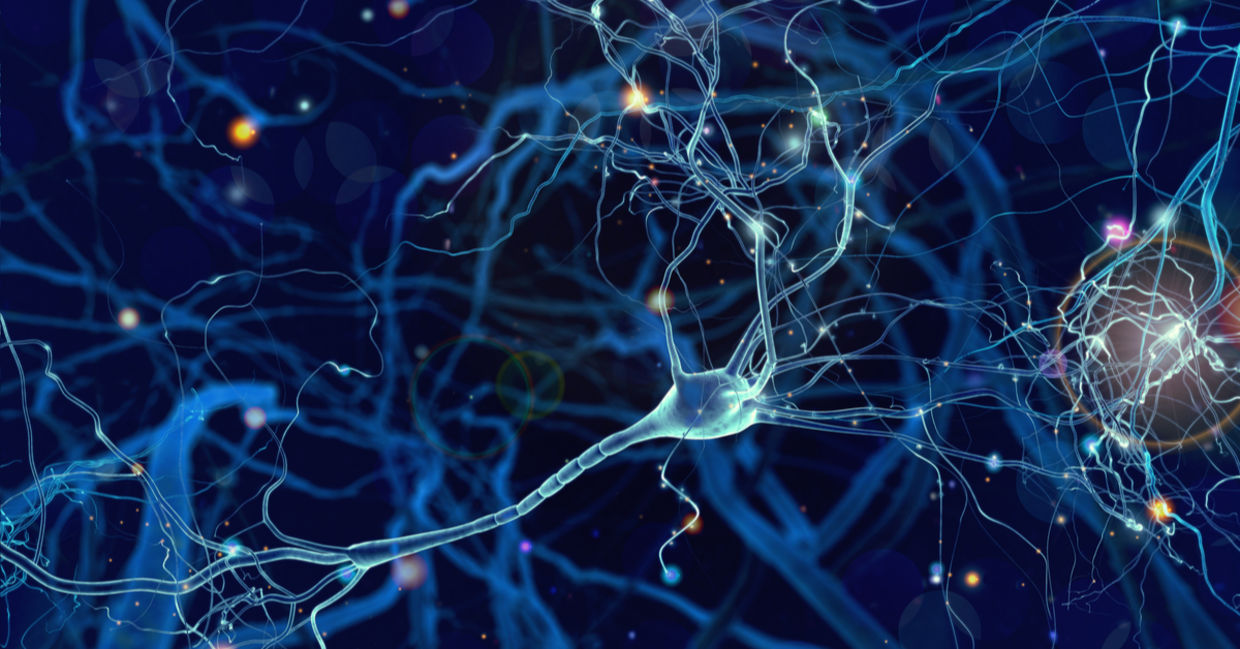
(whitehoune / Shutterstock.com)
There’s new hope for people who have suffered strokes. Researchers at Swedish Lund University have been able to restore mobility and feeling in stroke affected animals by using reprogramed human skin cells.
The study, published in the Proceedings of the National Academy of Sciences (PNAS) concluded that it is possible to heal the injuries caused by strokes by reconnecting nerves that were lost through the use of skin cells, according to a Lund University press release. These cells that were reprogrammed in the lab to become nerve cells, were transplanted into the brains of rats.
A stroke occurs when the blood supply to the brain is interrupted. This prevents oxygen from reaching the brain and causes cell death that results in the loss of some body functions according to the American Heart Association. The medical community always believed that stroke damage was irreversible but now, there is a real possibility that stroke impairments can actually be reversed.
“Six months after the transplantation, we could see how the new cells had repaired the damage that a stroke had caused in the rats’ brains,” Professor Zaal Kokaia said in the press release. He conducted the study with senior professor Olle Lindvall and researcher Sara Palma-Tortosa at the Division of Neurology.
Previous studies at the university have already proved that it is possible to transplant nerve cells from human stem cells into the brains of rats that have suffered stoke damage but they didn’t know if the cells could actually form the nerve connections that would restore mobility.
“We have used tracking techniques, electron microscopy and other methods, such as light to switch off activity in the transplanted cells, as a way to show that they really have connected correctly in the damaged nerve circuits. We have been able to see that the fibres from the transplanted cells have grown to the other side of the brain, the side where we did not transplant any cells, and created connections. No previous study has shown this”, said Kokaia.
With the surprising success of this study, the researchers are now looking into healing stroke damage in other animals and eventually humans. They believe that the study brings new hope in being able to restore impaired nerves in people who have suffered deliberating strokes.
“We want to know more about how the transplanted cells affect the opposite hemisphere of the brain. We also want to take a closer look at how a transplant affects intellectual functions such as memory. In addition, we will study possible side effects. Safety is, of course, extremely important for cell transplantation if it is going to be used clinically in the future,” Kokaia explained.
Research is also being conducted at Stanford University in California to restore mobility to people who have suffered strokes. It was originally designed to explore only the safety of a stem cell procedure and not the results but according to Stem Cell News, the procedure also resulted in some motor function being restored. The results of the study – which had 18 participants – have been published in the journal Stroke.
While more research has to be conducted, it seems that the scientific community now believes that stroke damage can be reversed if the pathways of the nervous system can be restored. This will make a very big difference in the lives of people who have suffered strokes.
YOU MIGHT ALSO LIKE:
Luke Perry Died From a Huge Stroke - Here's How to Spot the Symptoms
GoT's Emilia Clarke Launched a Charity After Surviving Two Aneurysms
This Device can Help Visually Impaired People See Letters







